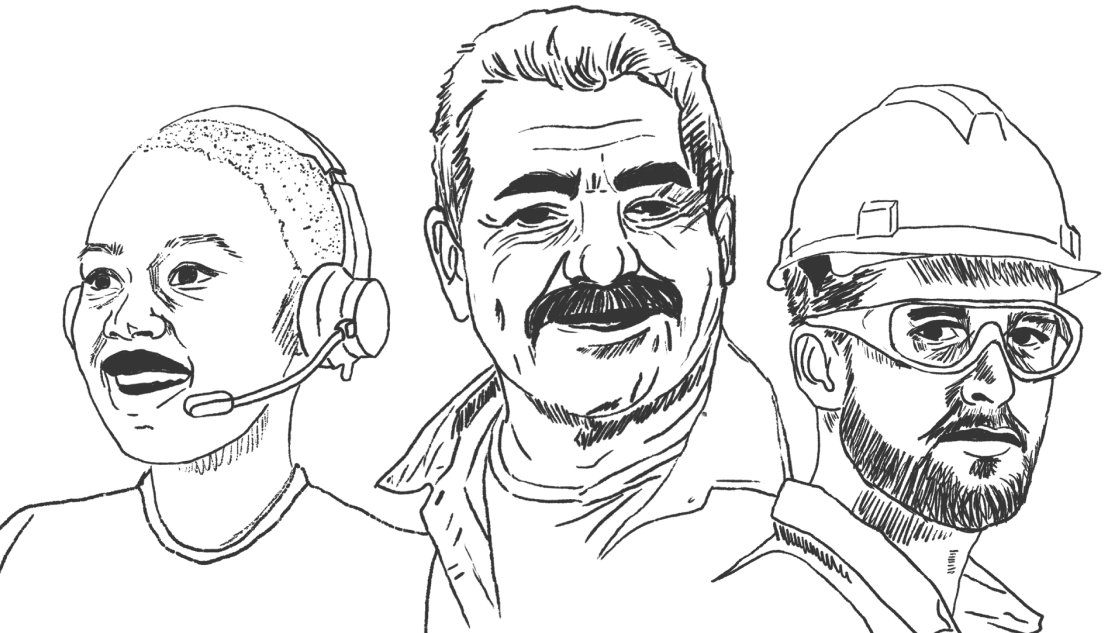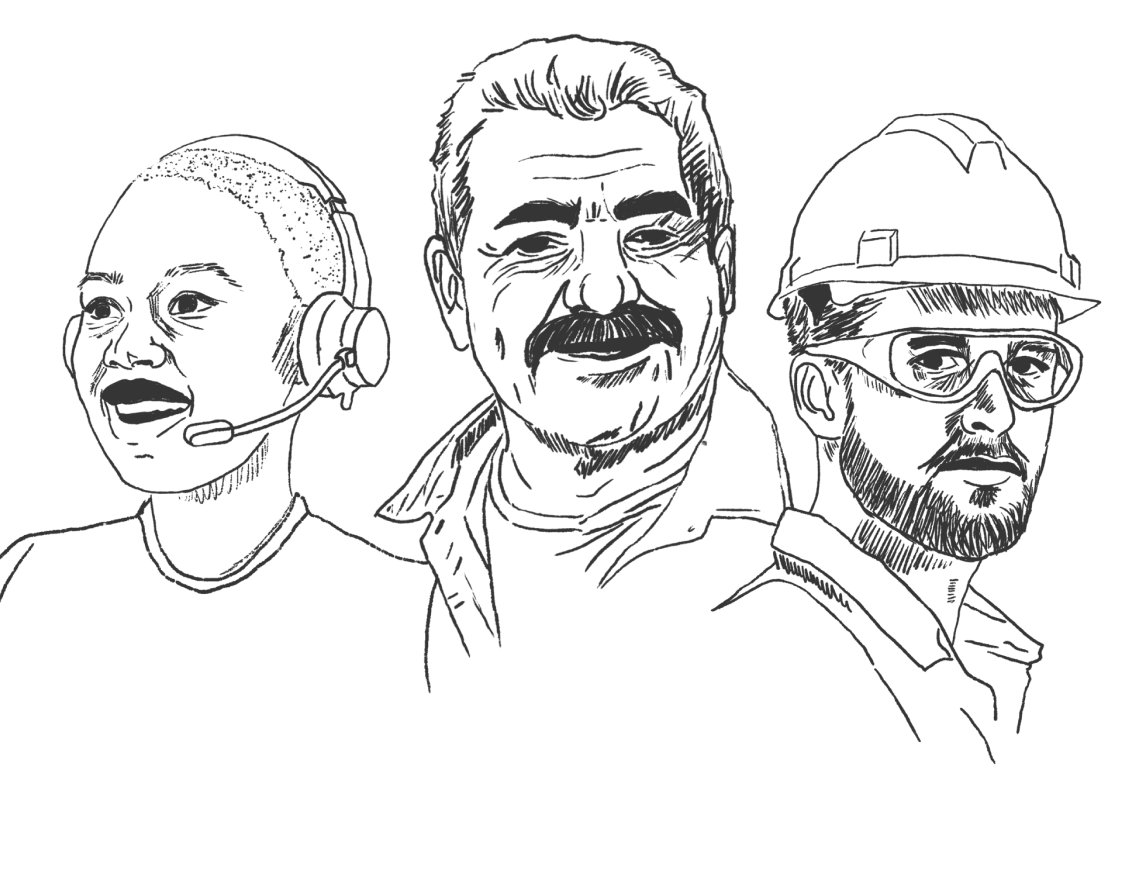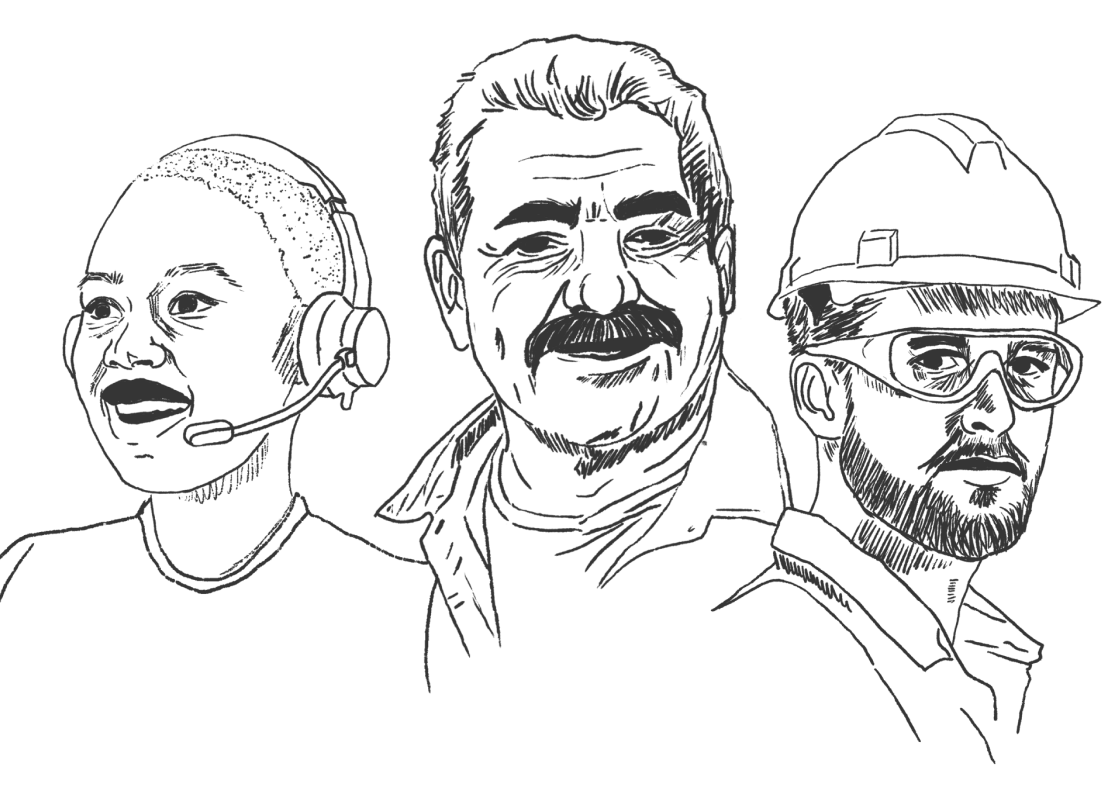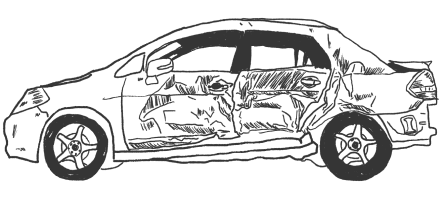The Most Dangerous Places to Drive in Dallas
Dallas, Texas, is a thriving city with a complex system of freeways and intersections used by millions of residents and visitors. With rapid urban growth comes heavy traffic; as a result, car accidents are a severe public safety issue that affects commuters, families, and pedestrians. Navigating Dallas's roadways and promoting safer streets requires an understanding of crash locations, causes, and safety precautions. The Collision Records Information System (TxDOT CRIS) of the Texas Department of Transportation provides the data used in this investigation, which offers detailed crash reports by location, cause, and severity. The National Highway Traffic Safety Administration's Fatality Analysis Reporting System (NHTSA FARS) highlights the deadliest areas and offers insights into fatal crashes. Dallas OpenData and other local sources add intersection-specific crash counts to this data. News sources such as NBC 5 Dallas-Fort Worth provide more background information on current events and traffic patterns.
Combining these sources, we have identified the most dangerous roads, intersections, and fatal collision hotspots in Dallas, as well as the primary reasons and peak crash times. This information empowers drivers, policymakers, and safety advocates to reduce accidents and enhance road safety across the city.
Key Takeaways from Crash Data
- Most Dangerous Intersection: I-635 & Skillman St, with 256 crashes (2015–2019), driven by complex freeway overpasses and high commercial traffic.
- Deadly Hotspots: TX-12 Loop & Bonnie View Rd (7 fatal crashes) and I-635 & Skillman St (5 fatal crashes), linked to high speeds and pedestrian exposure.
- When Crashes Happen Most: Rush hours (3–8 PM) and late-night weekends (6 PM–midnight), with alcohol-related crashes (16% of fatalities) peaking at night.
- Leading Causes: Failure to control speed (136,165 crashes statewide in 2022), distracted driving (84,887 crashes), and failure to yield (35,674 crashes).
- Crash Numbers: Dallas reported 31,678 crashes in 2023, with 207 fatalities in 2024, the highest fatal crash rate in Texas (15.77 per 100,000 residents).
- Serious Injuries: I-635 & Skillman St and I-635 & Midway Rd lead with 180 and 130 serious injury crashes, respectively, due to high-speed collisions and complex interchanges.
Most Dangerous Intersections
in Dallas
Dallas's vast freeway system and busy commercial hubs create challenging driving conditions, especially at major intersections. Heavy traffic volumes, complicated lane configurations, and ongoing construction projects all increase the risk of crashes. By knowing where these high-risk intersections are, drivers can maintain vigilance and avoid potential crashes.

From the data provided so far, we can determine that I-635 & Skillman St is Dallas's most dangerous intersection with 256 crashes, largely due to complex freeway overpasses and heavy commercial traffic. Likewise, I-30 & TX-12 Loop sees frequent crashes due to multiple lanes and access roads, causing confusion and high-speed collisions. All these crashes have in common is the failure to control speed (136,165 crashes statewide in 2022) and distracted driving (84,887 crashes).
Dallas's Most Crash-Prone Roads and Corridors
Dallas's major highways and arterials handle immense commuter and commercial traffic, making them hotspots for crashes. TxDOT CRIS and Dallas OpenData identify these roads as the city's most dangerous, based on total crash counts, including property damage, injuries, and fatalities. If you've ever driven in Dallas, you may recognize these roads and understand their true danger, so be cautious and stay alert while driving.
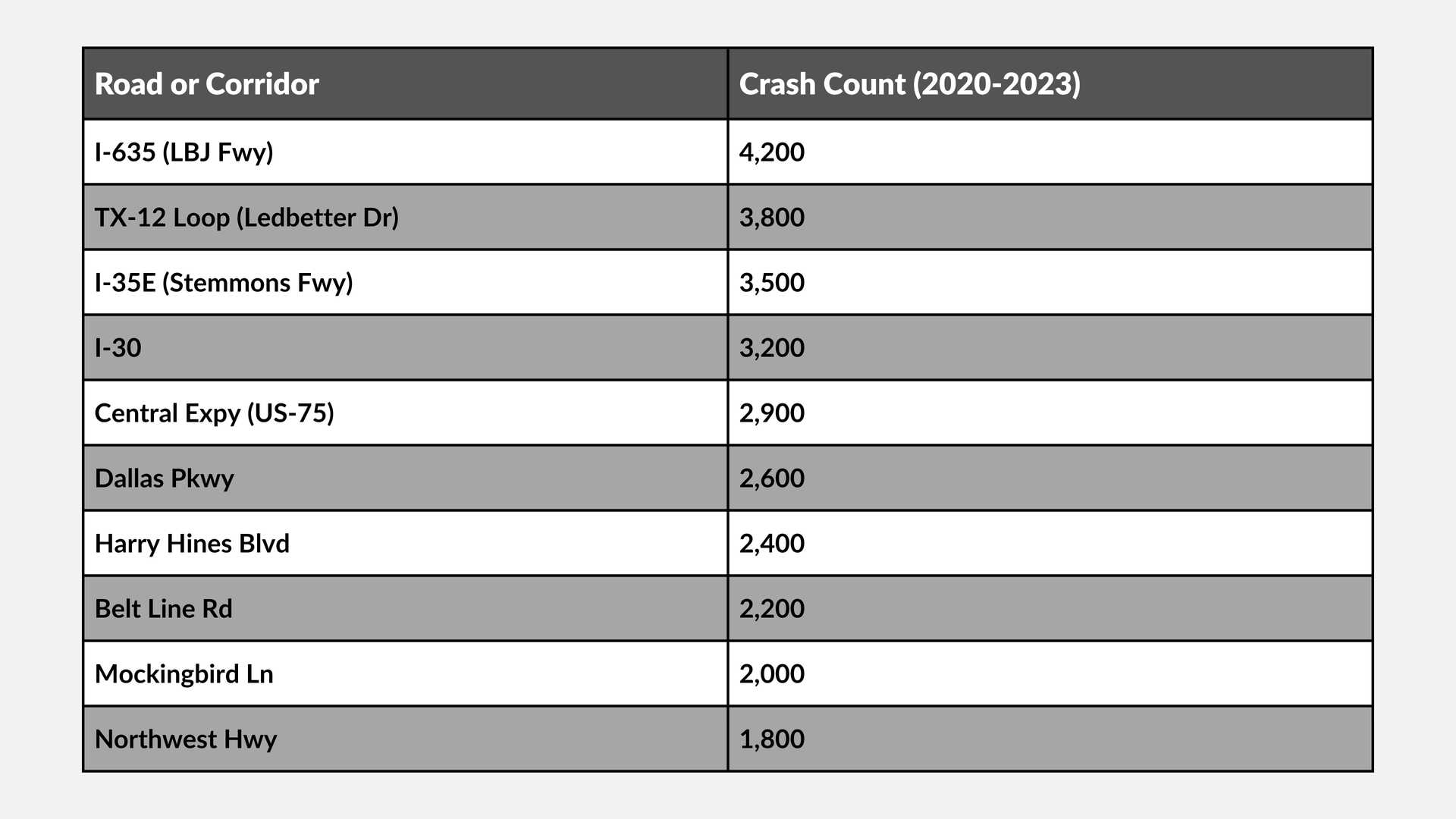
It is worth noting that the TX-12 Loop is mentioned again as Dallas's deadliest roadway, with nearly 500 severe accidents over the past five years, including 21 fatal crashes in 2024, often due to outdated designs and high speeds. Crashes are driven by speeding (30% of Texas crashes) and distracted driving, which is usually exacerbated by construction disruptions. Likewise, I-635 (LBJ Fwy) leads with 4,200 crashes, due to high traffic volumes and complex interchanges.
Reasons for Crashes in Dallas
Heavy traffic, poor urban planning, and driver behavior all contribute to crashes in Dallas. TxDOT CRIS reports that the primary cause of 136,165 collisions statewide in 2022 (30% of Texas crashes) was failure to manage speed. On corridors like I-635 and I-35E, speeding reduces reaction times, especially in congested or complex interchanges.
Distracted driving, responsible for 84,887 crashes statewide (25% of Dallas crashes), is a growing concern. Texting, navigation apps, or in-car distractions are hazardous at busy intersections like I-635 & Skillman St, where drivers must navigate merging traffic and pedestrians.
At intersections like Belt Line Road and Dallas Parkway, failure to yield, which includes running red lights or changing lanes improperly, is common and results in T-bone collisions with high injury rates, accounting for 35,674 crashes statewide.
Alcohol-related collisions account for 16% of Dallas's 207 traffic fatalities in 2024, a major cause of death. Impaired driving is more common on late-night weekends (6 PM to midnight), especially on the TX-12 Loop and I-30. According to the Department's Zero project (https://dallascityhall.com/departments/transportation/Pages/Vision-Zero.aspx), the city's Dallas Police Department's DWI enforcement measures, which include sobriety checks, are intended to reduce this. In order to increase safety, these variables highlight the significance of defensive driving, increased knowledge of high-risk zones, and support for infrastructure upgrades.
Areas with the Most Fatal Crashes in Dallas
Fatal crashes in Dallas often occur on high-speed highways or at intersections with pedestrian exposure. The locations here, identified through TxDOT CRIS and NHTSA FARS, have tallied the most fatal crashes from 2020 to 2023. All demonstrated risks are due to speeding, drunk driving, or a lack of availability of pedestrian infrastructure.
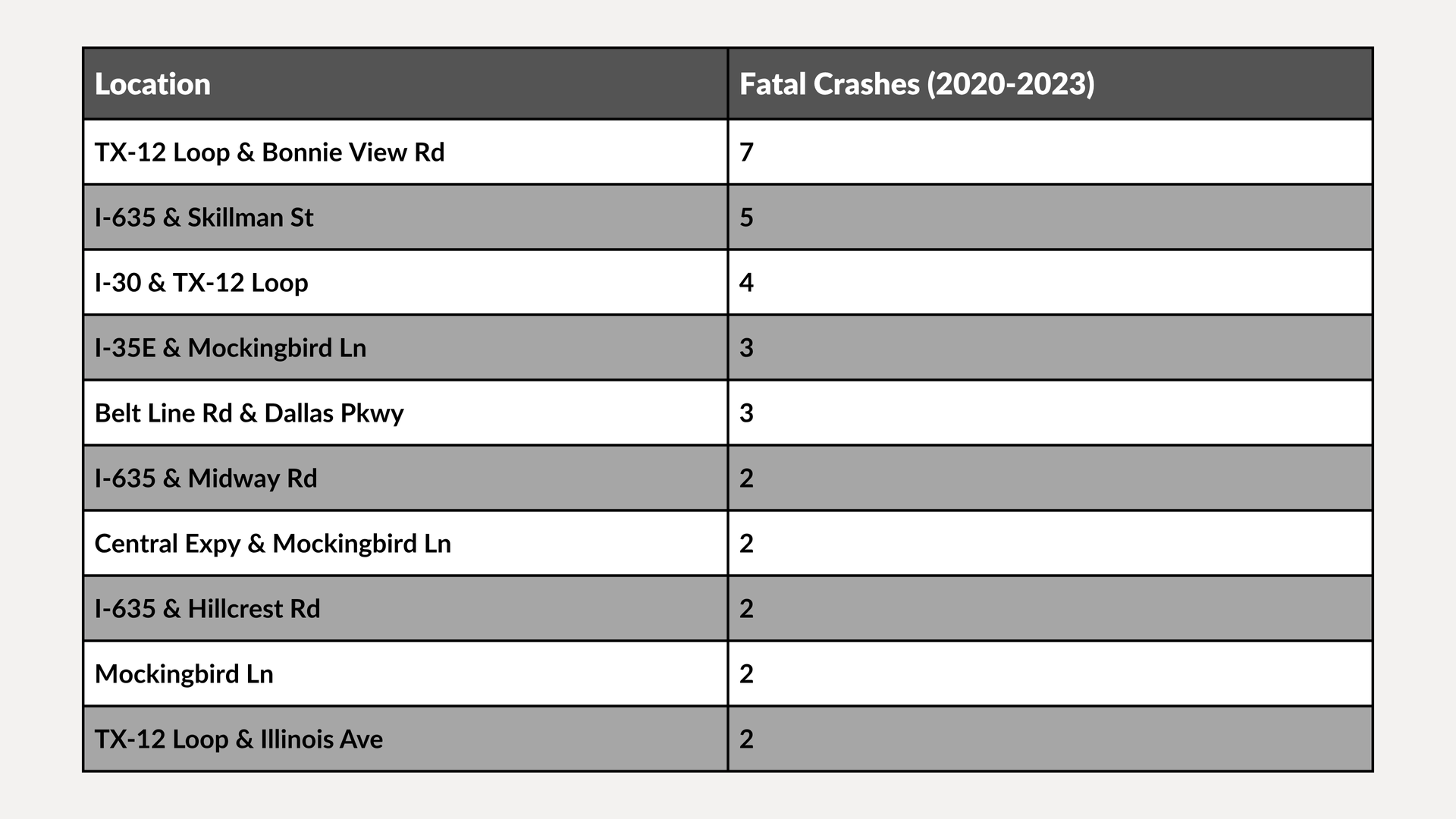
The intersection at TX-12 Loop and Bonnie View Rd has seen seven pedestrian fatalities, mainly due to outdated roadway designs and a lack of safe crossing options. The area near the interchange of I-635 and Skillman St has 5, with highway speeds and confusing overpasses to blame for risks to drivers and pedestrians alike. It is tragic when lives are lost in these types of crashes. Should you or your loved ones suffer a fatal crash in Dallas, there is support available. You can get in touch with local resources or legal advocates who will care for you through the next steps.
How to Stay Safe on Dallas Roads
- Obey Speed Limits: Speeding is a top cause of crashes. Adhere to posted limits, especially on high-risk corridors like I-635 and TX-12 Loop.
- Avoid Distractions: Keep your focus on the road. Avoid texting or adjusting devices, particularly at complex intersections like I-635 & Skillman St.
- Plan for Congestion: Dallas’s rush hour is prone to crashes. Allow extra time and stay patient to avoid risky maneuvers.
- Never Drive Impaired: Alcohol-related crashes are a leading cause of fatalities. Use rideshare services or designate a sober driver, especially on weekends.
- Be Cautious at Intersections: watch for merging traffic and pedestrians at high-risk intersections, such as I-30 & TX-12 Loop.
When Dallas’s Roads Turn Dangerous, Support Is Here
Dallas’s highways can go from busy to tragic in an instant, and the victims and families face great hardship and obstacles that can take years to resolve. Whether you are working to recover from an unfortunate accident or looking to avoid one, safety and knowledge are your best allies. When you or someone you love has experienced a very serious accident in Dallas, you do not need to shoulder the blame or deal with the trauma alone. Reach out to Dallas ' local resources and legal champions to help you navigate recovery and pursue justice. Together, we can support Dallas’s Vision Zero goal of safer streets for all.
Request a Consultation
Other Practice Areas

